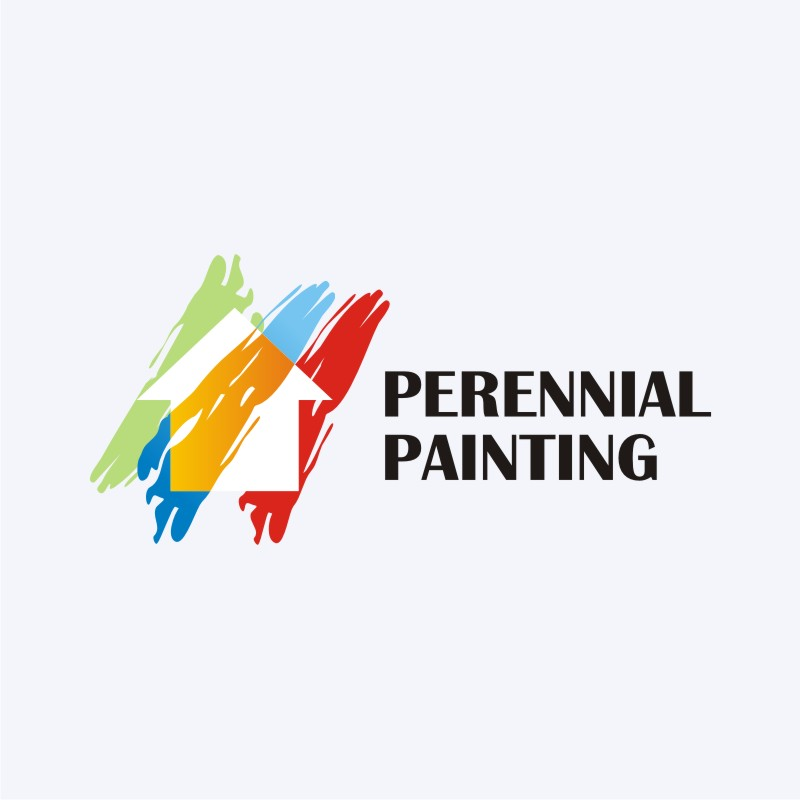Understand How Seasonal Conditions Impact The Success Of Industrial External Paint And Find Out The Suitable Periods To Assure Durable Outcomes For Your Job
Understand How Seasonal Conditions Impact The Success Of Industrial External Paint And Find Out The Suitable Periods To Assure Durable Outcomes For Your Job
Blog Article
Authored By-McLamb Whalen
When you're preparing a business exterior paint job, seasonal factors can make or damage your outcomes. You'll wish to take into consideration exactly how temperature and humidity impact paint application and drying out times. Picking the ideal period can ensure your paint sticks effectively and lasts much longer. However which periods are really the very best for this type of job? Let's discover the key elements that can influence your job's success.
The Impact of Temperature Level on Paint Application
When you're preparing a commercial outside paint project, the temperature can considerably affect how well the paint sticks and dries out.
Preferably, you wish to paint when temperature levels range in between 50 ° F and 85 ° F. If it's also cold, the paint might not heal effectively, leading to issues like peeling or breaking.
On the flip side, if it's too warm, the paint can dry out too swiftly, avoiding appropriate bond and leading to an irregular surface.
You should additionally take into consideration the time of day; early morning or late afternoon supplies cooler temperature levels, which can be more desirable.
Always inspect the manufacturer's referrals for the certain paint you're utilizing, as they frequently offer guidance on the suitable temperature level variety for optimum results.
Humidity and Its Result on Drying Times
Temperature level isn't the only environmental aspect that influences your industrial external painting project; humidity plays a considerable role too. High moisture levels can slow down drying times substantially, affecting the total quality of your paint task.
When the air is filled with dampness, the paint takes longer to cure, which can result in problems like poor attachment and a higher risk of mildew growth. If dried latex paint on brush on a specifically moist day, be prepared for extensive delay times between coats.
It's critical to keep track of regional climate condition and strategy accordingly. Preferably, go for moisture levels between 40% and 70% for optimal drying.
Maintaining these factors in mind guarantees your task stays on track and supplies a long lasting finish.
Best Seasons for Commercial Outside Painting Projects
What's the most effective time of year for your business exterior paint jobs?
Springtime and early fall are generally your best bets. Throughout these periods, temperatures are mild, and humidity degrees are frequently reduced, producing ideal conditions for paint application and drying.
Avoid summer season's intense heat, which can trigger paint to dry too promptly, resulting in poor attachment and surface. Likewise, winter's chilly temperature levels can hinder appropriate drying and curing, taking the chance of the durability of your paint job.
Aim for days with temperature levels between 50 ° F and 85 ° F for ideal outcomes. Keep in https://www.washingtonpost.com/business/2022/09/07/how-get-best-result-when-painting-exterior-wood/ to inspect the regional weather report for rainfall, as damp conditions can spoil your job.
Preparation around these factors guarantees your paint job runs smoothly and lasts longer.
Conclusion
In conclusion, planning your business outside paint projects around seasonal factors to consider can make a significant distinction in the outcome. By scheduling work during the optimal temperature levels and moisture levels, you'll make sure much better attachment and drying times. Keep in mind to watch on neighborhood weather report and choose the correct time of year-- springtime and very early fall are your best choices. Taking these actions will assist you accomplish a sturdy and specialist coating that lasts.
